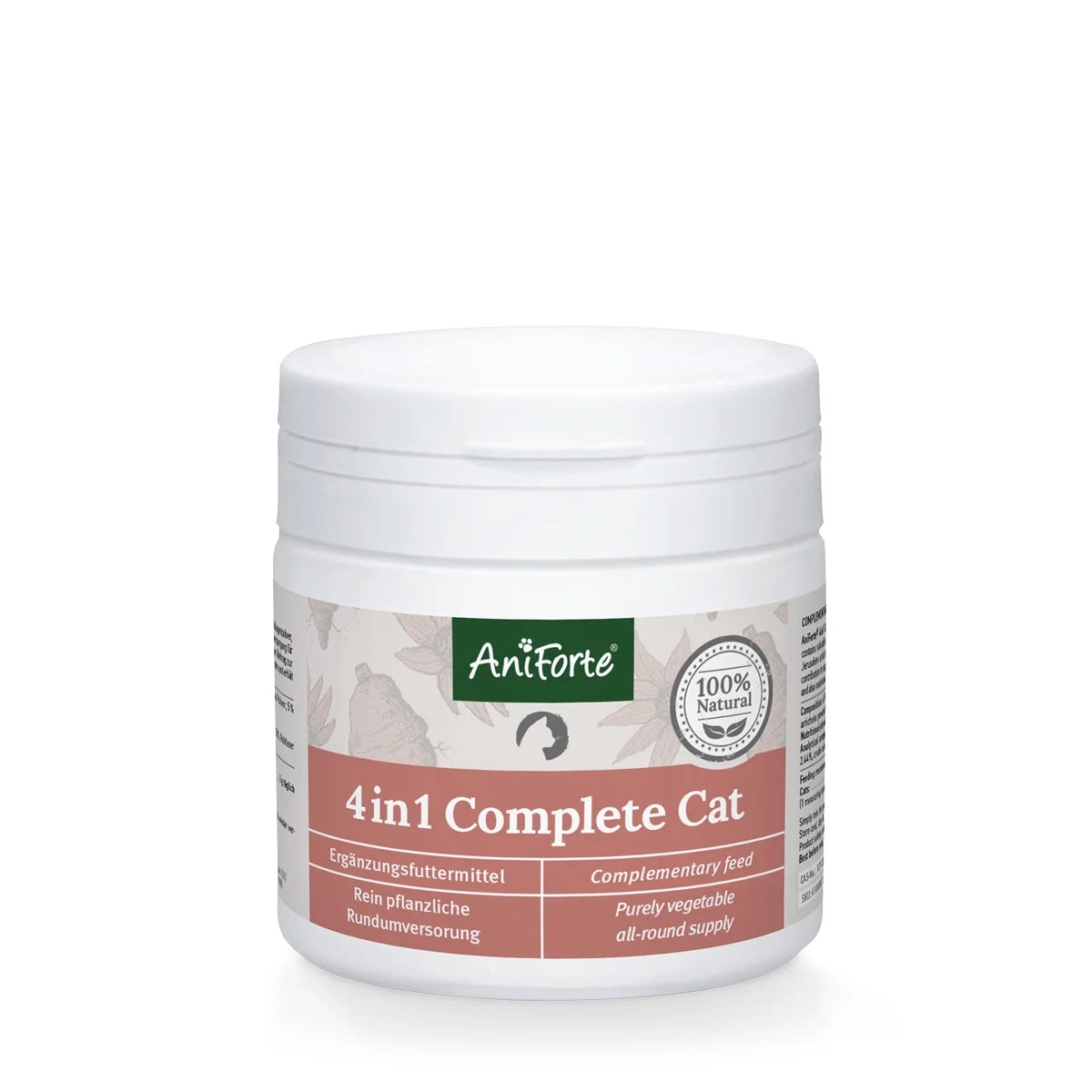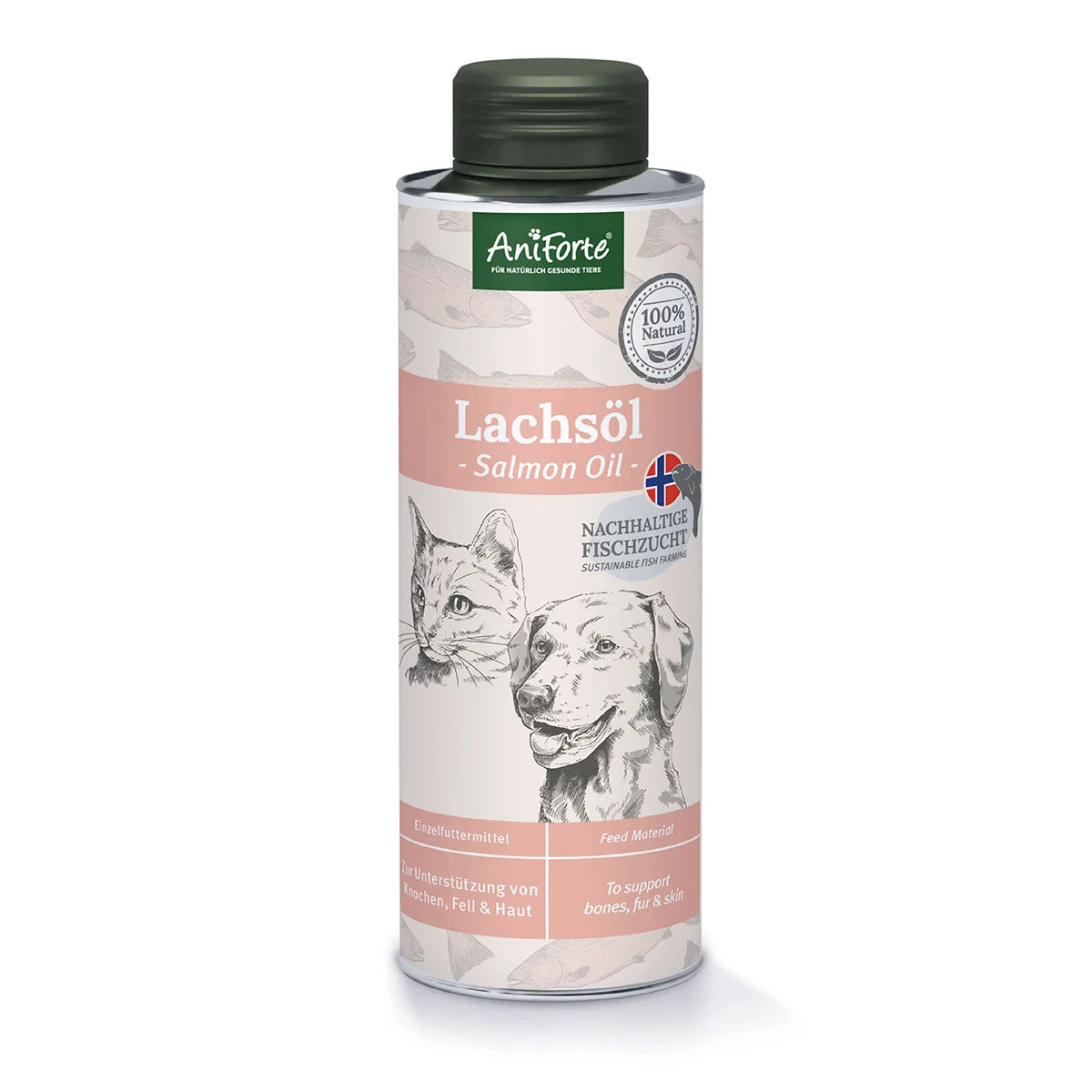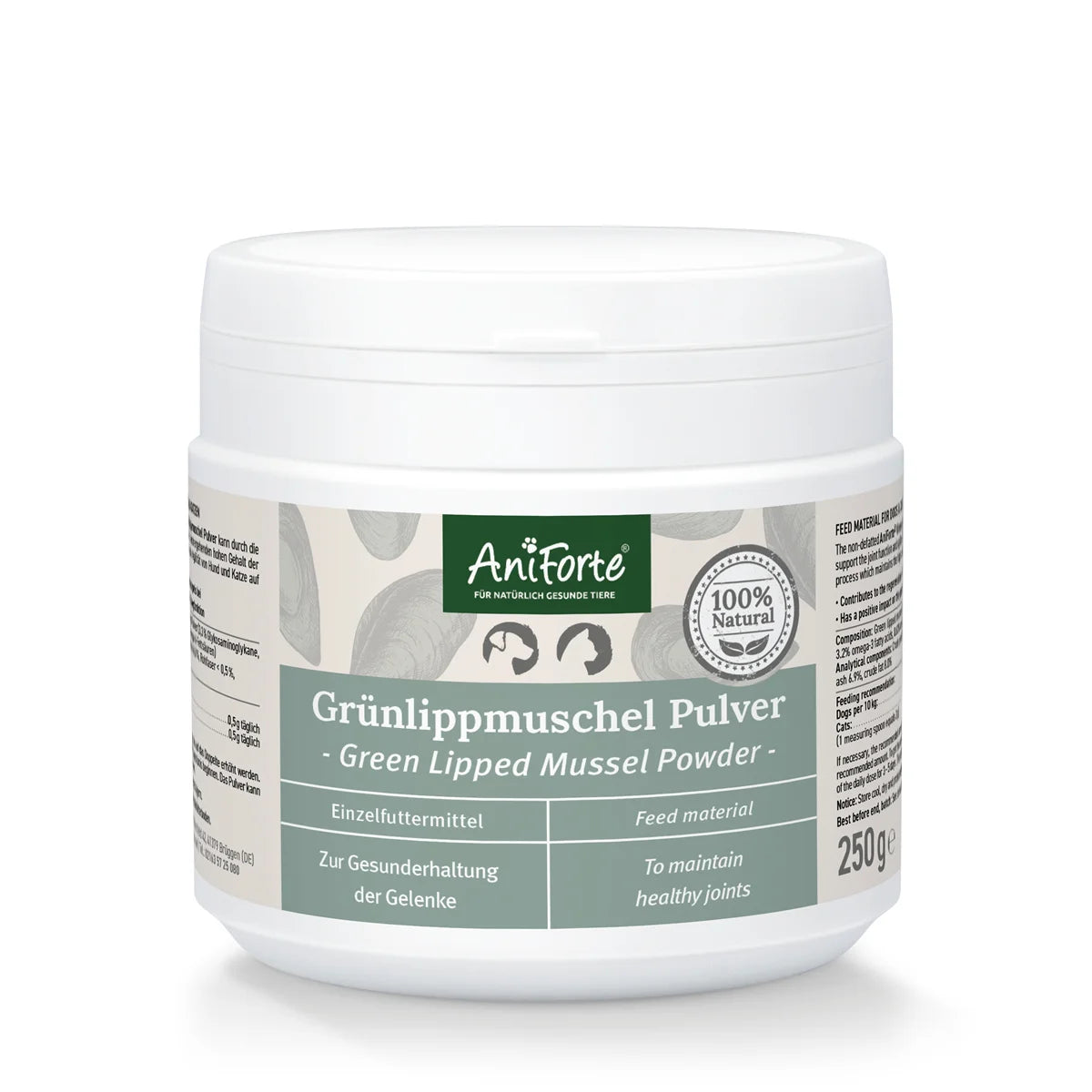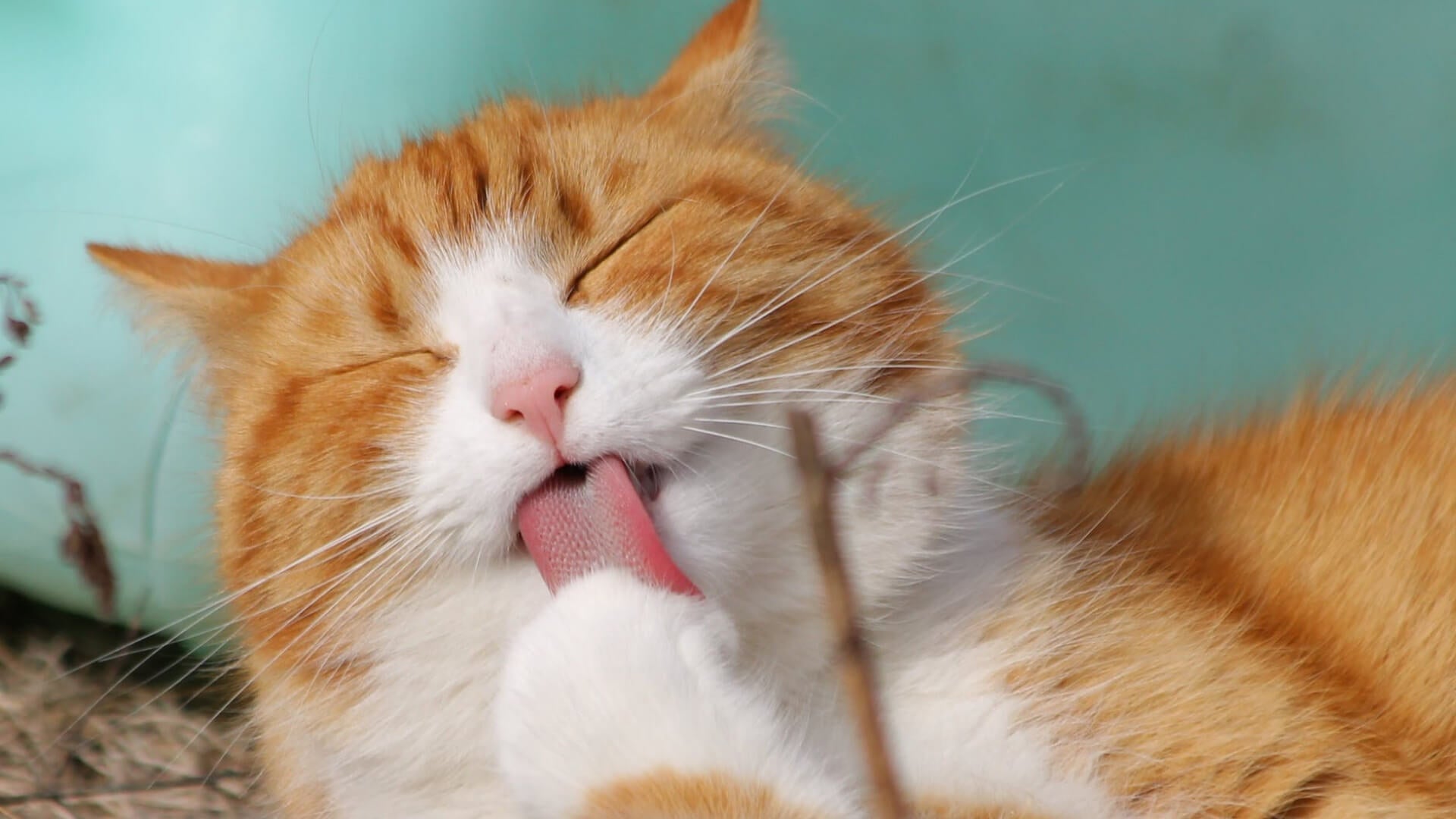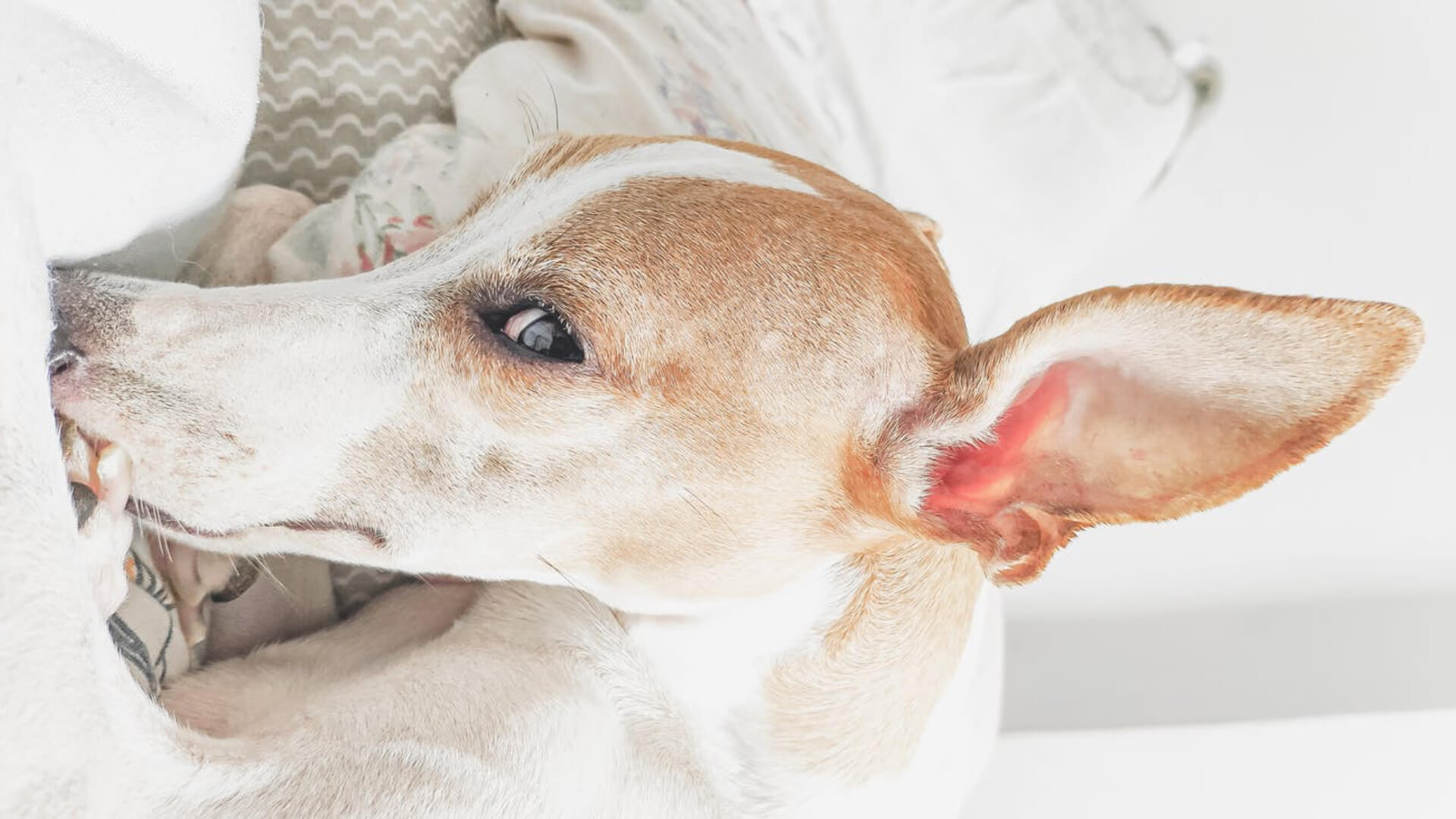Help with cat flu
It's not just us humans who are coming down with the sniffles at the moment: many cats are catching colds and flu too. However, while these conditions are rarely serious for us, our furry friends can be hard hit.
Cat flu is particularly dangerous for young cats and cats with weakened immune systems, which is why it is a common problem among rescue cats.
What is cat flu?
Cat flu is an infection of the airways, eyes, skin, and lungs. In serious cases, cat flu can destroy the bone structure within the nose, damage the eyes, develop into a chronic cold and even cause death. It is triggered by a combination of viruses (herpes and FCV) and bacteria (bordetella and chlamydia), making it a multifactorial infection. Cat flu is highly contagious and should be treated by a vet.
What are the symptoms of cat flu?
The first symptoms usually appear two to five days after infection. Initial signs include frequent sneezing, a runny nose, and weepy eyes. Other effects include weakness, fatigue and often a loss of appetite. Breathing becomes audible; you may hear whistling, wheezing or gasping. A fever may also develop.
The infection then progresses, spreading to the upper respiratory tract. At this stage, many cats start to breathe through their mouths, which also causes difficulty when eating. Discharge from the eyes and nose turns thick and pus-like, causing the areas around the eyes and nose to become sticky and crusty. Coughing and difficulty swallowing are also common symptoms. The mucous membrane may even become ulcerated in cats with weak immune systems and kittens. Cats with flu are often a pitiful sight, becoming limp and run down.
Cat flu or cat cold?
Cat flu is serious but cats can also catch 'regular' colds which are comparable to human colds. Many free-roaming cats and YOPIs (young, old, pregnant or immunosuppressed) catch colds in winter. It is particularly important to support YOPIs' immune systems. For all cats, though, just like for humans, a strong immune system is the best defence against colds.
Early symptoms are similar to cat flu: runny nose, sneezing, weepy eyes. However, the progression is far less serious in cases of cat colds. They do not cause severe inflammation of the airways or conjunctivitis and difficulty swallowing with a cold is far rarer than with flu.
How do you treat cat flu?
If your cat is showing the first symptoms of cat flu, you should visit the vet. They will examine your pet to find the cause of the symptoms and begin the appropriate treatment.
You can also carefully clean the discharge from your cat's eyes and nose to allow the inflammation underneath to heal. It may be beneficial to use a humidifier to protect the mucous membranes and prevent them from drying out. Alongside rest and TLC, it makes sense to provide immune support. Supplements including natural vitamin supplements and colostrum are ideal for this.

Ensure that the vitamins are natural and the colostrum is specially developed for animal use. That way, you can be sure that your pet's body will be able to use these substances to support its own immune system.
How can you prevent cat flu?
There are several causes of cat flu, which can be transferred not only directly between cats, but also via shared bowls and toys. That's why hygiene and regular cleaning are important.
Otherwise, a robust immune system is the most significant factor. I recommend using natural vitamins to support your furry friend's immune system and defence forces. Many cats love to eat natural multivitamin tablets as a treat or snack.

